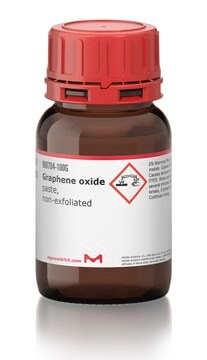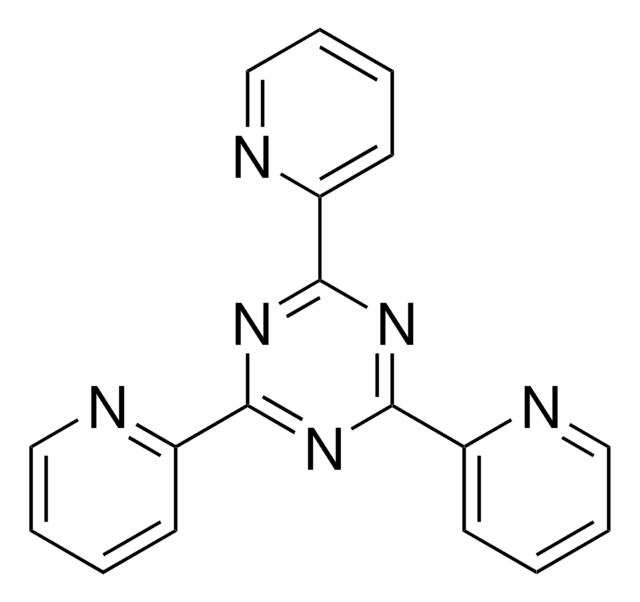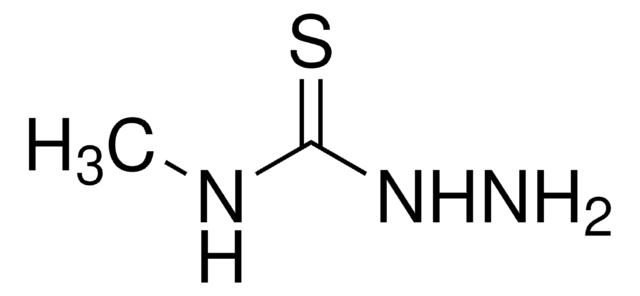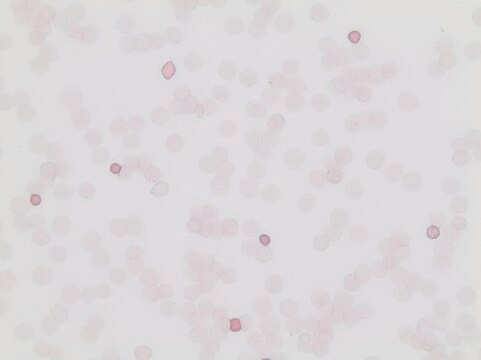SML0769
Cu-ATSM
≥98% (HPLC)
Synonym(s):
CuII(ATSM), Diacetylbis(N(4)-methylthiosemicarbazonato) copper(II), [[2,2′-(1,2-Dimethyl-1,2-ethanediylidene)bis[N-methylhydrazinecarbothioamidato]]] copper
Sign Into View Organizational & Contract Pricing
All Photos(1)
About This Item
Empirical Formula (Hill Notation):
C8H14CuN6S2
CAS Number:
Molecular Weight:
321.91
UNSPSC Code:
12352200
NACRES:
NA.77
Recommended Products
Quality Level
assay
≥98% (HPLC)
form
powder
color
, brown to dark red-brown
solubility
DMSO: 0.5 mg/mL, clear (warmed)
storage temp.
2-8°C
Biochem/physiol Actions
Cu-ATSM is an orally bioavailable, blood-brain barrier permeable complex that specifically inhibits the action of peroxynitrite on Cu,Zn superoxide dismutase (SOD1) and subsequent nitration of cellular proteins. CuII(ATSM) significantly delayed onset of disease (paralysis and prolonged lifespan) in amyotrophic lateral sclerosis (ALS) mice model. Also, Cu-ATSM was reported to lower lipid peroxidation in a model of ischemicreperfusion injury. Cu-ATSM subsequently was shown to inhibit ferroptosis with a potency similar to Liproxstatin-1.
Cu-ATSM is an orally bioavailable, blood-brain barrier permeable complex that specifically inhibits the action of peroxynitrite on Cu,Zn superoxide dismutase (SOD1).
Storage Class
11 - Combustible Solids
wgk_germany
WGK 3
flash_point_f
Not applicable
flash_point_c
Not applicable
Choose from one of the most recent versions:
Certificates of Analysis (COA)
Lot/Batch Number
Don't see the Right Version?
If you require a particular version, you can look up a specific certificate by the Lot or Batch number.
Already Own This Product?
Find documentation for the products that you have recently purchased in the Document Library.
Adam Southon et al.
British journal of pharmacology, 177(3), 656-667 (2019-10-28)
Diacetyl-bis(4-methyl-3-thiosemicarbazonato)copperII (CuII (atsm)) ameliorates neurodegeneration and delays disease progression in mouse models of amyotrophic lateral sclerosis (ALS) and Parkinson's disease (PD), yet the mechanism of action remains uncertain. Promising results were recently reported for separate Phase 1 studies in ALS
Erin J McAllum et al.
Amyotrophic lateral sclerosis & frontotemporal degeneration, 14(7-8), 586-590 (2013-08-21)
Our objective was to assess the copper(II) complex of diacetylbis(4-methylthiosemicarbazone) [Cu(II)(atsm)] for its preclinical potential as a novel therapeutic for ALS. Experimental paradigms used were designed to assess Cu(II)(atsm) efficacy relative to treatment with riluzole, as a function of dose
Erin J McAllum et al.
Neurobiology of disease, 81, 20-24 (2015-03-15)
Mutations in the metalloprotein Cu,Zn-superoxide dismutase (SOD1) cause approximately 20% of familial cases of amyotrophic lateral sclerosis (ALS), a fatal neurodegenerative disease for which effective therapeutics do not yet exist. Transgenic rodent models based on over-expression of mutant SOD1 have
Blaine R Roberts et al.
The Journal of neuroscience : the official journal of the Society for Neuroscience, 34(23), 8021-8031 (2014-06-06)
Mutations in the metallo-protein Cu/Zn-superoxide dismutase (SOD1) cause amyotrophic lateral sclerosis (ALS) in humans and an expression level-dependent phenotype in transgenic rodents. We show that oral treatment with the therapeutic agent diacetyl-bis(4-methylthiosemicarbazonato)copper(II) [Cu(II)(atsm)] increased the concentration of mutant SOD1 (SOD1G37R)
Our team of scientists has experience in all areas of research including Life Science, Material Science, Chemical Synthesis, Chromatography, Analytical and many others.
Contact Technical Service






